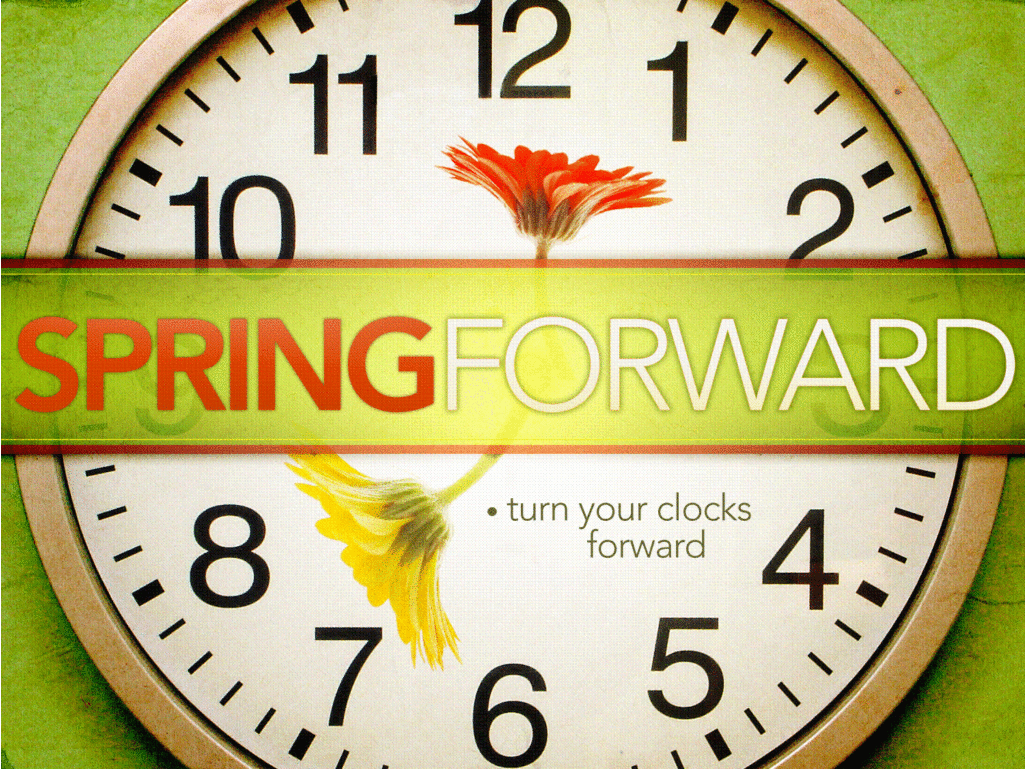

Virgin Islands, and the Northern Mariana Islands all opt out of daylight saving time. In the United States, Hawaii, most of Arizona (excluding the Navajo Nation), and the territories of Guam, Puerto Rico, American Samoa, the U.S. Not everyone is in on the clock-changing frenzy. The United States soon followed suit, with the country's first seasonal time shift taking place in 1918. It wasn't until resources became scarce during World War I that Germany decided to go ahead with just such a plan, implementing the first daylight saving time in 1916 to maximize resource use during sunlit hours. Soon after, a British activist named William Willett proposed a similar idea to prevent wasting daylight, bringing the concept to England's Parliament in the early 1900s. Others credit the idea to George Hudson, an entomologist from New Zealand, who in 1895 suggested a two-hour shift to allow for more post-work bug hunting. He never suggested a shift in clocks, however, instead offering other amusing solutions to the problem that included cannons firing in the street to rouse people from sleep, taxes for shuttered windows, and candle sales restrictions. If they were to rise with the sun, Franklin wrote, the city could save an “immense sum” from the candles burned in the dark evening hours. In the letter, he expressed astonishment to see the sun rise at the early hour of six in the morning, long before most Parisians ever saw the light of day. Many credit Benjamin Franklin for daylight saving time thanks to a possibly satirical letter he penned for the Journal de Paris in 1784. Countries that are farther away have a more pronounced difference in day length between summer and winter and are more likely to participate in the time shift. Because of this, a given region's participation depends, in part, on how far the location is from the Equator. When coal still ruled, daylight saving time was implemented as a way to maximize limited daylight hours. Six months later, the situation reverses, and winter grips the North while light bathes the South. Meanwhile, the Southern Hemisphere is plunged into the short days of winter as it tilts away from the sun. It leans toward the sun, causing longer and warmer days. Summertime marks the Northern Hemisphere's time to shine. This means that while the Equator usually enjoys roughly 12 hours of both day and night year round, the same isn't true the further north or south you go. Our planet turns on its axis at a relatively constant 23.4-degree angle relative to its path around the sun.

Seasonal shifts in the length of a day come from Earth's off-kilter rotation. But the benefits of this change are controversial, and the shift can have measurable impacts on health. The logic is that by springing forward and falling back, people add an hour of sunlight to the end of the work day.

The idea behind the clock shift is to maximize sunlight in the Northern Hemisphere, as days start to lengthen in the spring and then wane in the fall. local time on the first Sunday in November, when clocks fall back by an hour and observers gain an hour of sleep.

local time on the second Sunday in March, when clocks spring forward an hour-typically causing observers to lose an hour of sleep. This period, often incorrectly called daylight savings time, begins at 2:00 a.m. But for many people in the U.S., the approach of spring also means the start of daylight saving time. Spring marks many changes: warmer weather, longer days, flowers peeping through the dirt.


 0 kommentar(er)
0 kommentar(er)
